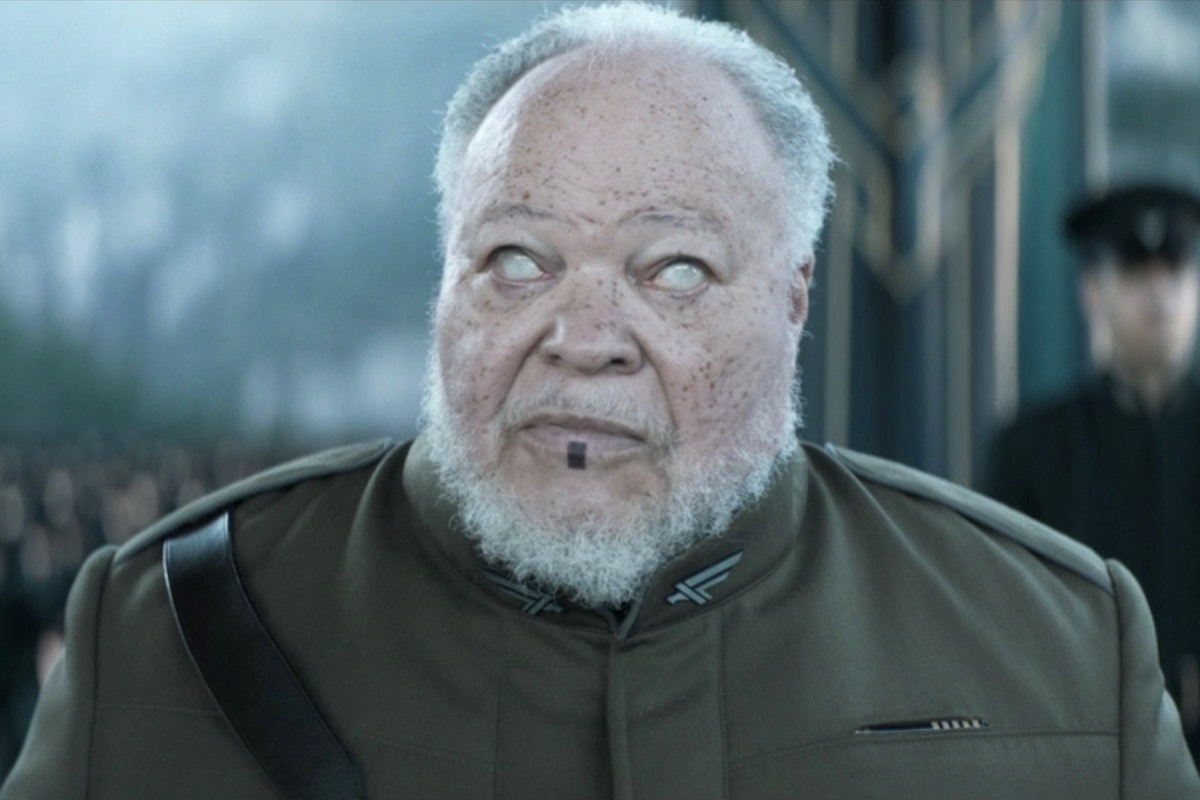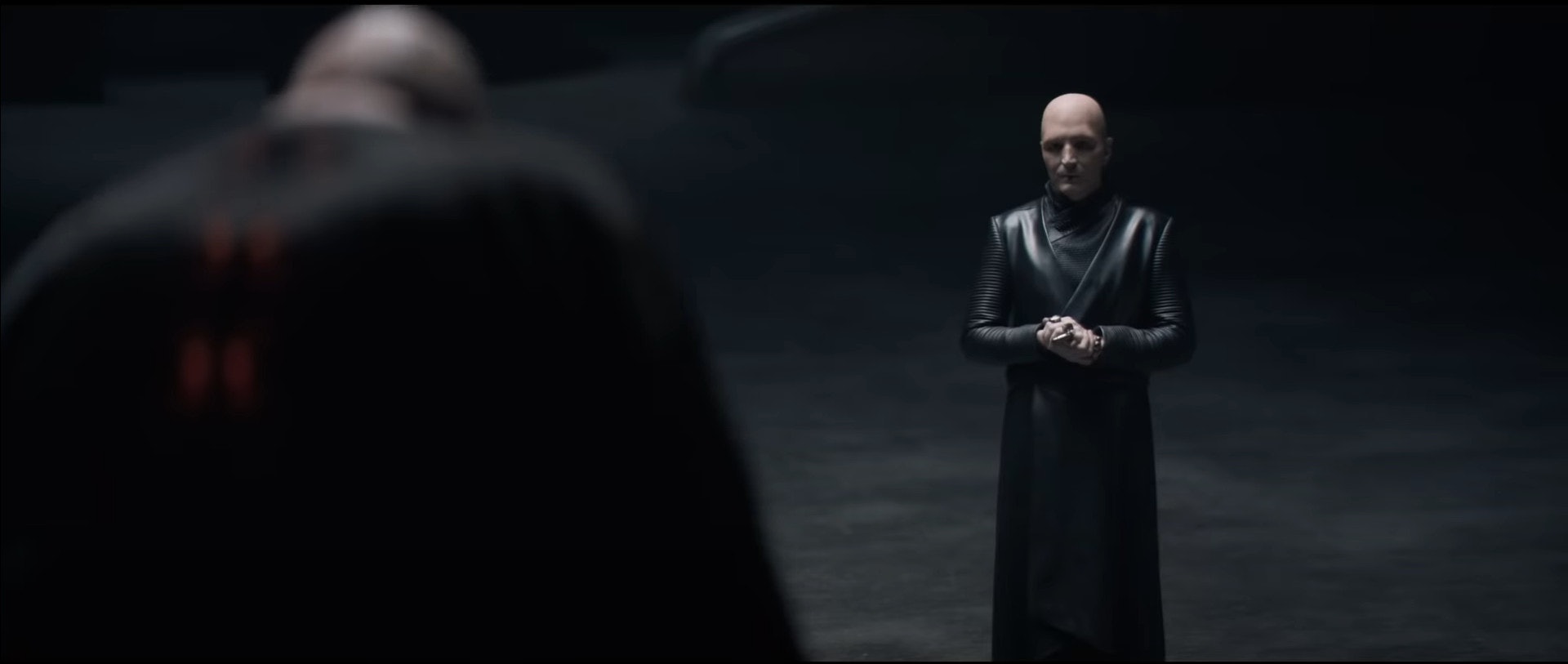
The future of 10,191 in Dune is lacking in one thing you see in a lot of far-future science fiction: computers. Frank Herbert’s sci-fi saga takes place in the distant aftermath of a massive conflict between “thinking machines” and humans called the Butlerian Jihad, which ended with humanity outlawing all forms of artificial intelligence. In the absence of computers and AI, humans stepped in, leading to a profession of super-intelligent people known as the Mentats.
But here’s the thing: Most screen adaptations of Dune downplay the Mentats a bit, including Denis Villeneuve’s upcoming movie, Dune: Part Two. During CCXP 2023 earlier this month, Villeneuve explained why, beyond Thufir Hawat (Stephen McKinley Henderson), you don’t see a ton of Mentats in either of his Dune films. Here’s what that is, and how a third Dune movie might fix it.

One way to look at the political structure of the Dune universe is to think of a trifecta of ruling bodies: The Spacing Guild, the Mentats, and the Bene Gesserit. Yes, you’ve also got the Great Houses (like House Atriedes and House Harkonnen), as well as CHOAM (like a massive interplanetary banking alliance). But in terms of humans who have biologically pushed themselves into one kind of vocation or another, the Guild Navigators, Mentats, and Bene Gesserit are the most distinct.
That said, in a movie version of Dune, not every grain of sand — analogously or otherwise — can be fully depicted. This is why, the Bene Gesserit have an outsized role in Dune: Part One and the forthcoming Dune: Part Two. Villeneuve basically said that he chose to elevate the Bene Gesserit, which he knew would result in having less Mentat action in the films.
“In my adaptation, the Mentat suffered.”
“In my adaptation, the Mentat suffered,” Villeneuve said at CCXP. “But it’s a declaration of love to the Bene Gesserit world, which I thought was the most meaningful thing to bring to the screen today.”
Essentially, the weight of the Bene Gesserit is stronger in Villeneuve’s version not because he didn’t like Mentats, but because, ultimately, the Bene Gesserit plays a much more direct impact on the characters and their relationships in the film.
Then again, it’s also possible Villeneuve simply realized that the Mentats would be less exciting to watch. After all, what makes them cool is their ability to think really hard, which happens internally. So Villeneuve wisely downplayed their prominence in the new films
This isn’t to say Thufir Hawat and other Mentats aren’t important in the films, they are. Dune: Part One even gave us David Dastmalchian’s brilliant take on Piter de Vries, a twisted Mentat in the service of Baron Harkonnen.

Still, if you’ve never read the books, you may miss the AI relevance of Thufir and Piter. Because computers don’t exist in Dune’s future, these people have taken their place as super-intelligent human versions of computers. Of all of Herbert’s creations, this idea is both the most aspirational and also the most philosophically dense. Being a Mentat in some ways is akin to being a Vulcan, insofar as the Mentats can do a lot of math in their heads. Fun fact: When Duncan Idaho comes back from the dead in Dune Messiah as a ghola clone, he’s also trained as a Mentat.
If Villeneuve does get around to adapting the second novel into a third film, he’ll probably need to focus more attention on the Mentats. Then again, if a restored version of Jason Momoa’s Duncan Idaho seems unusually more knowledgeable than the first version, a movie audience might not need to know everything about Mentats to buy that.
Dune: Part Two hits theaters on March 1, 2023.
The Spice Must Flow








